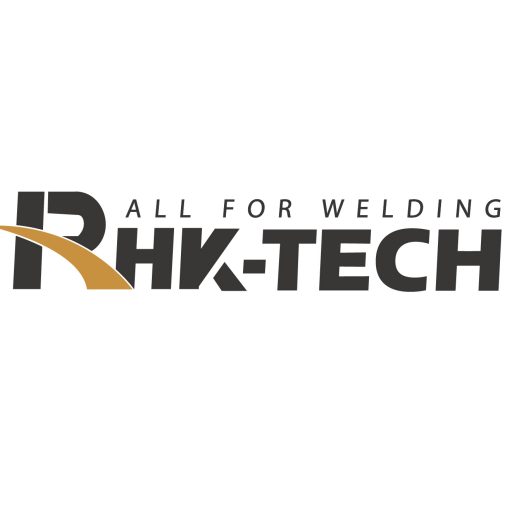Higher welding(cutting) accuracy and precision.
The laser welding(cutting) process can achieve welding(cutting) tolerances of ±0.002 inches (0.05 mm). Additionally, since laser cutters are commonly fitted with computer software and controls, they can consistently produce the same cuts between different workpieces.
Lower risk of damage and warping.
Unlike traditional welding(cutting) methods, the laser welding(cutting) process does not require direct contact between the equipment and the workpiece. Since the process produces a small heat-affected zone, the risk of thermal distortion is low.
Greater sheet utilization-to-waste ratio. The high-accuracy, high-precision cuts achieved by the laser welding(cutting) process help optimize material utilization; a single piece of material can produce more pieces and less waste.
Operating Costs.
The operating and maintenance costs associated with laser welding(cutting) are much lower than other welding(cutting) processes. Laser cutters use less energy than welding(cutting) equipment like presses, while laser components require less repair and replacement.
Broader Project Versatility.
Laser cutters can cut and/or engrave a variety of designs of varying complexity into a wide range of materials, making them suitable for various manufacturing projects.
The laser welding(cutting) process finds application in the manufacturing operations of a wide range of industries, including Advertising, High-Technology, Automotive, Lighting, Medical, Aerospace & Defense, Semiconductor, etc.




















发表评论